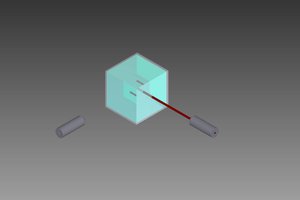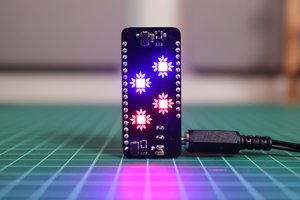The brain of the Smart Chain is an ESP8266 NodeMCU board. It uses the ESP8266_RTOS_SDK with the esp-homekit-sdk. I chose this framework because I wanted the features of FreeRTOS, and I have used Apple HomeKit before. However, at some point I would like to switch to Home Assistant to control this light.
The mechanism that pulls the chain is very simple. It consists of an SG90 servo, a 3D printed arm, and an extension spring.

 Henry York
Henry York




 maildodanillo
maildodanillo

 Alexandra Covor
Alexandra Covor
 Grégory Paul
Grégory Paul